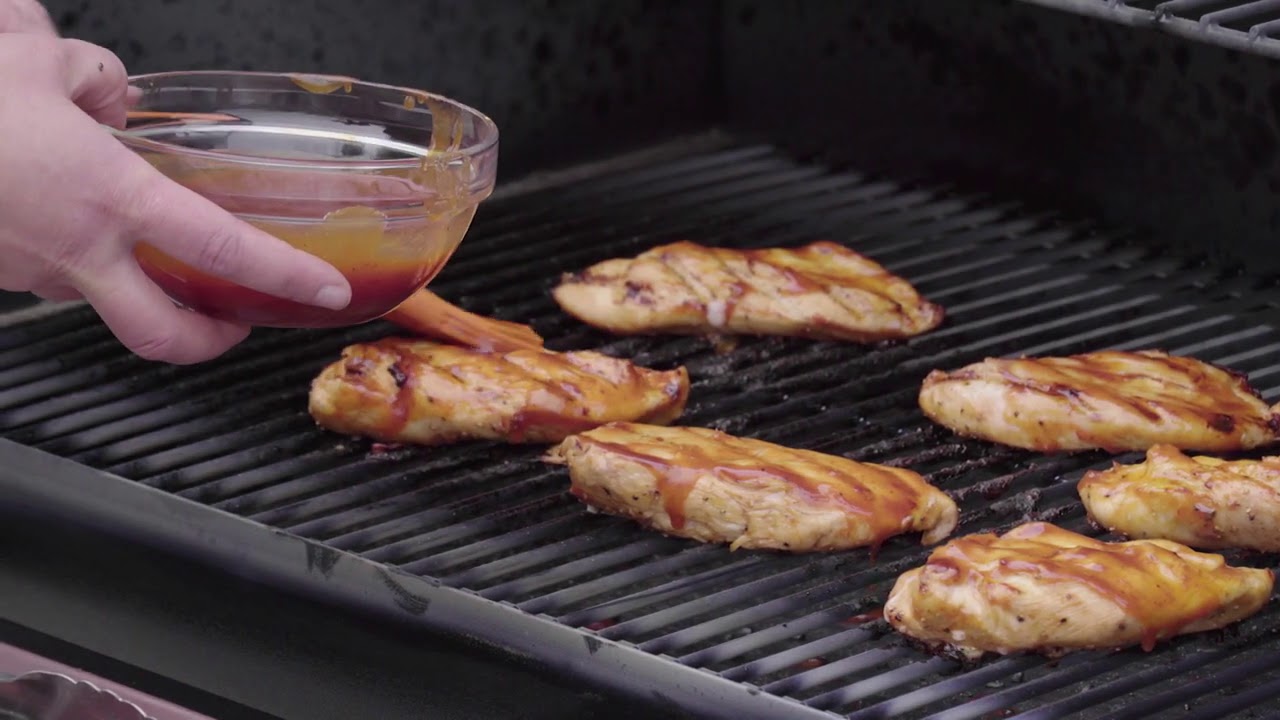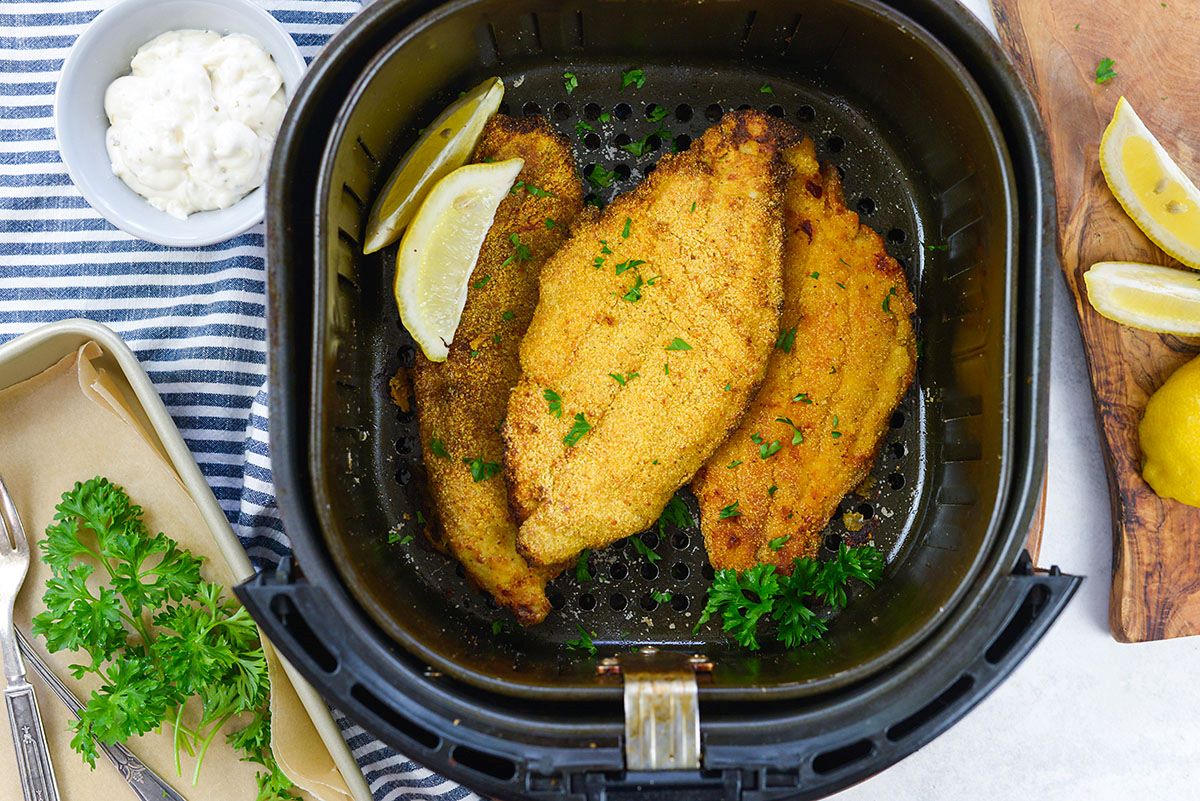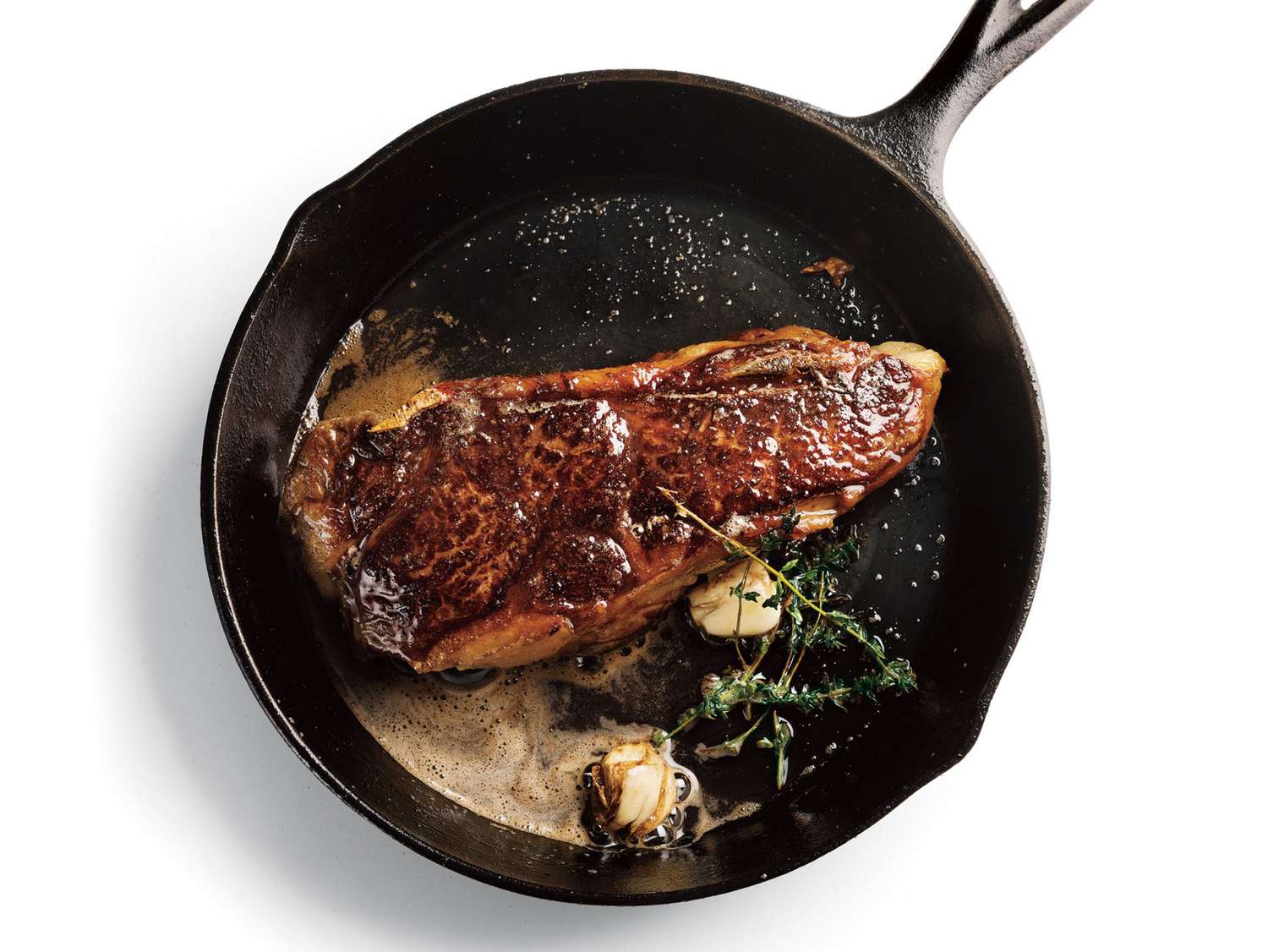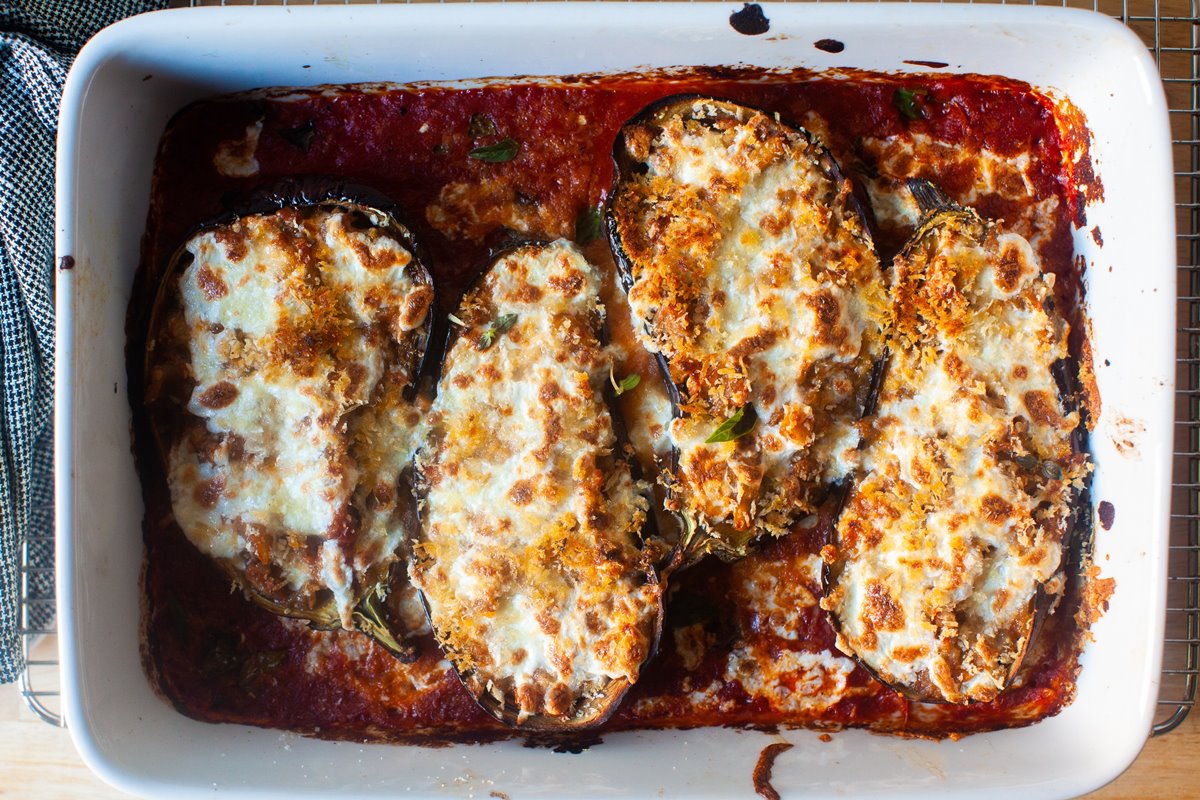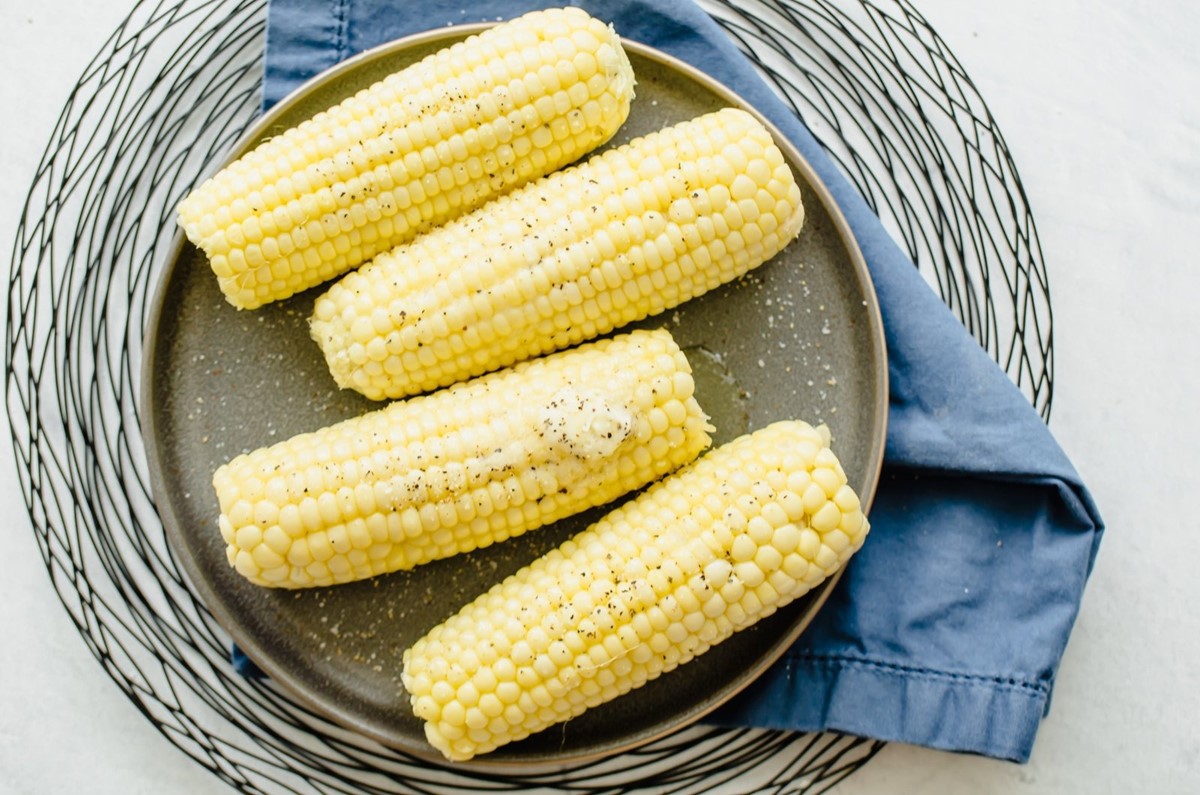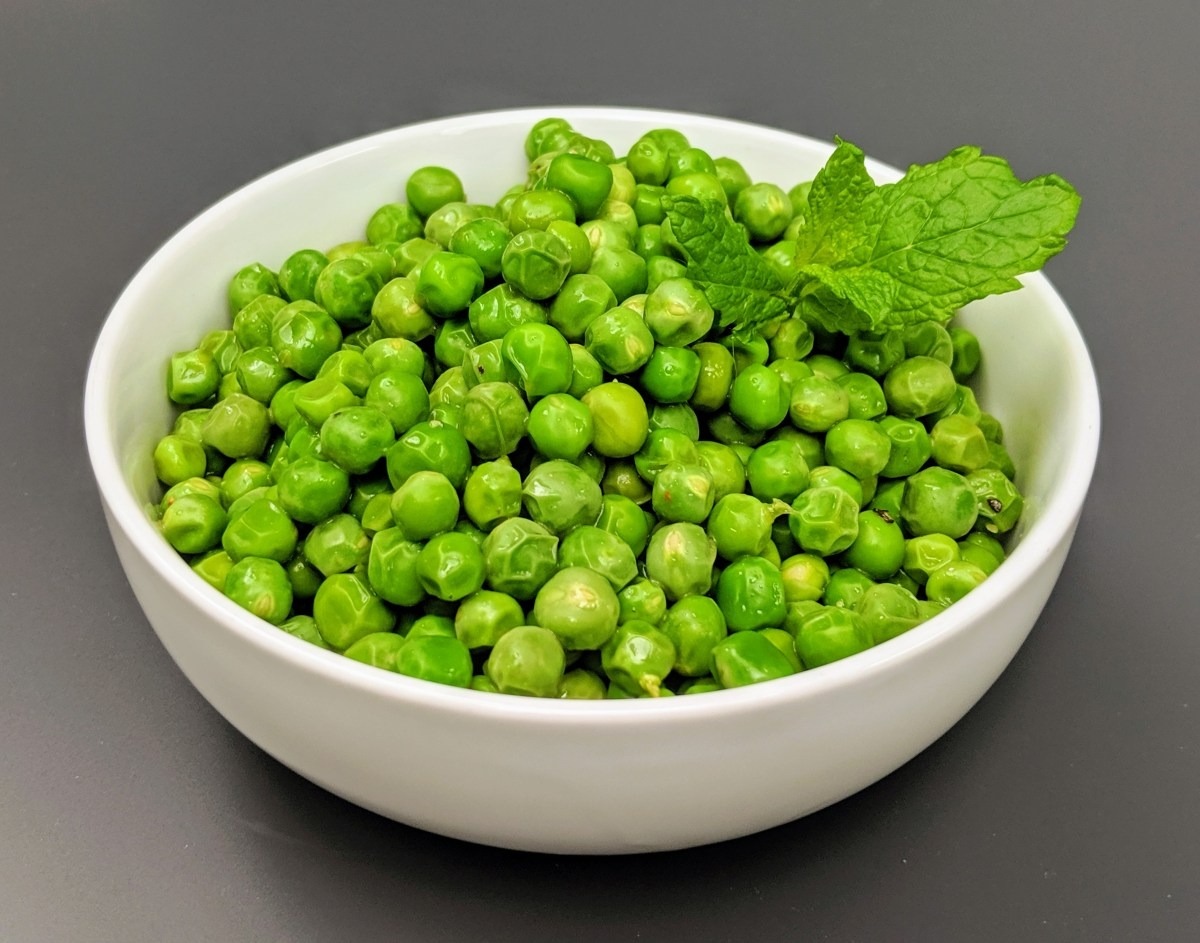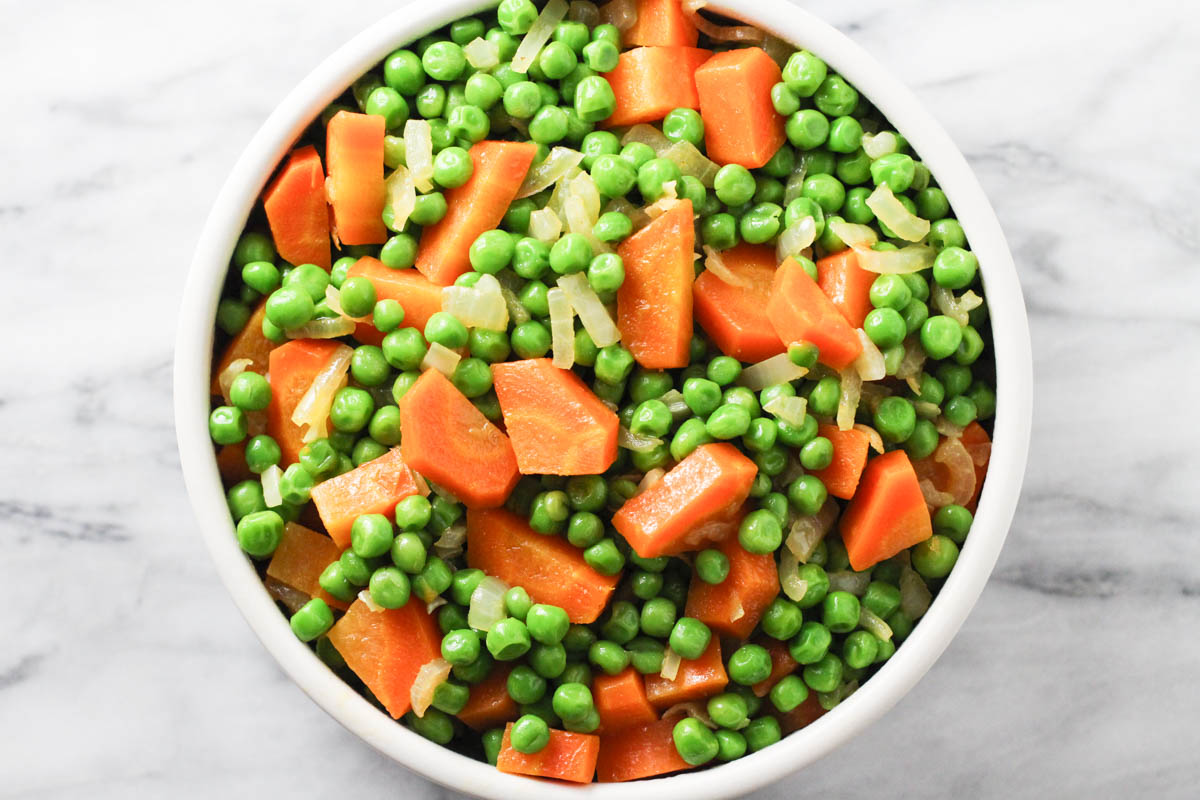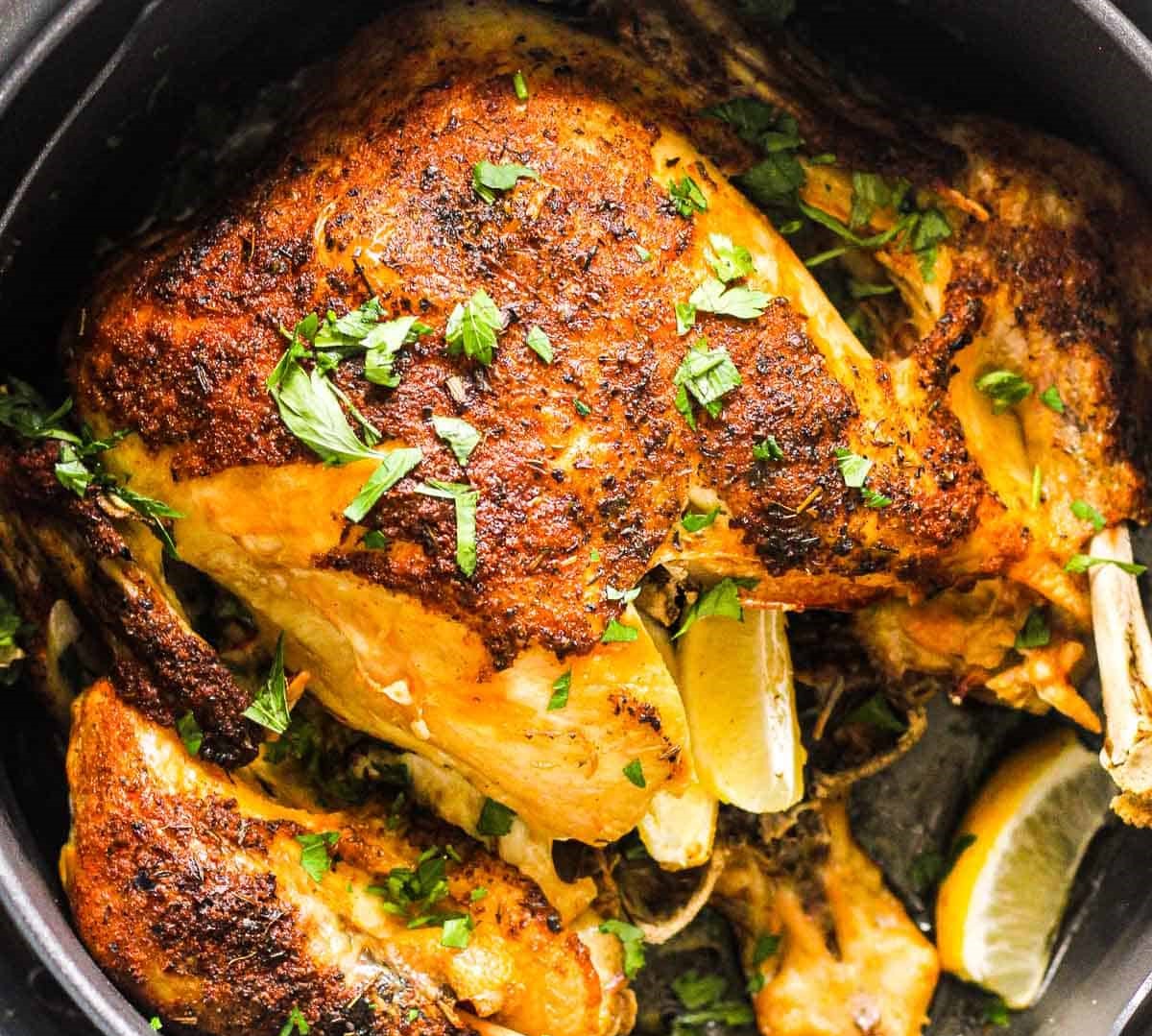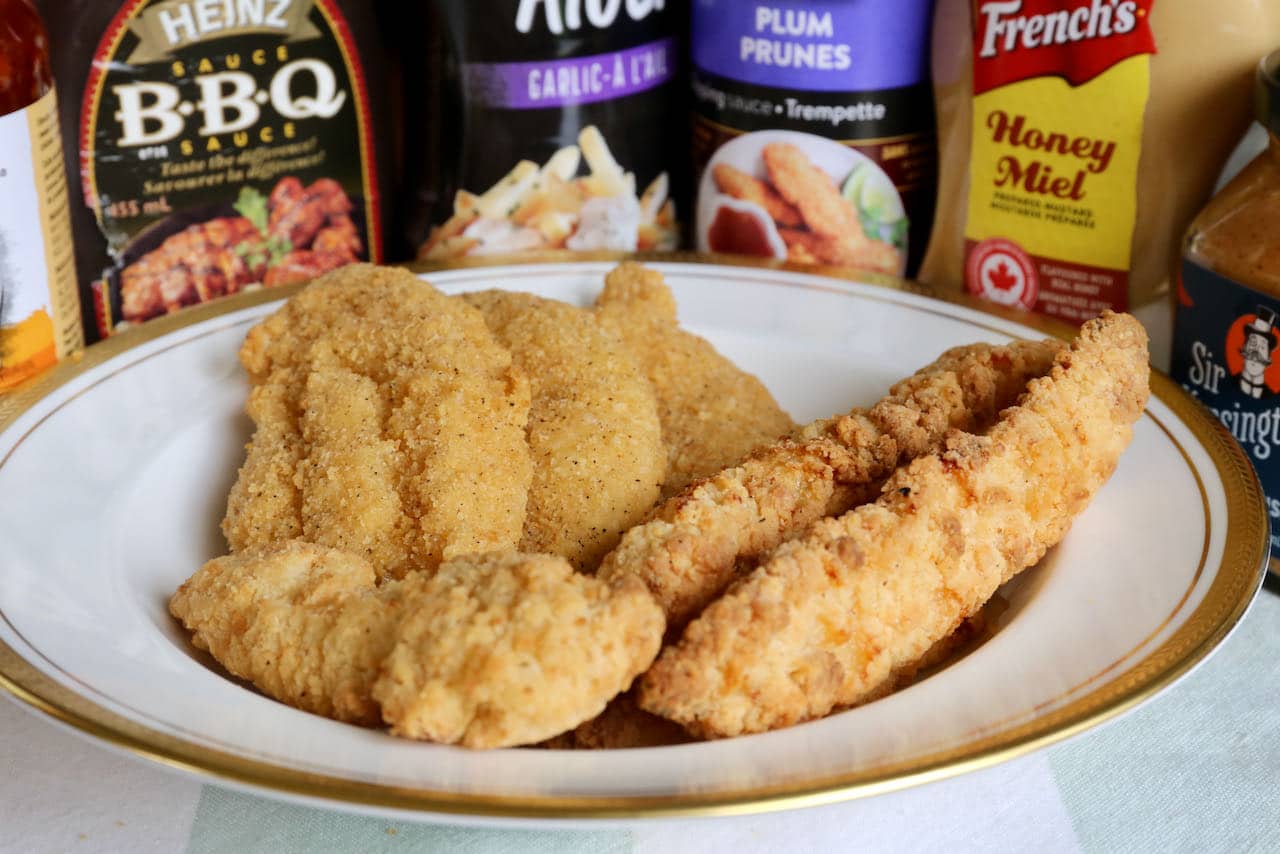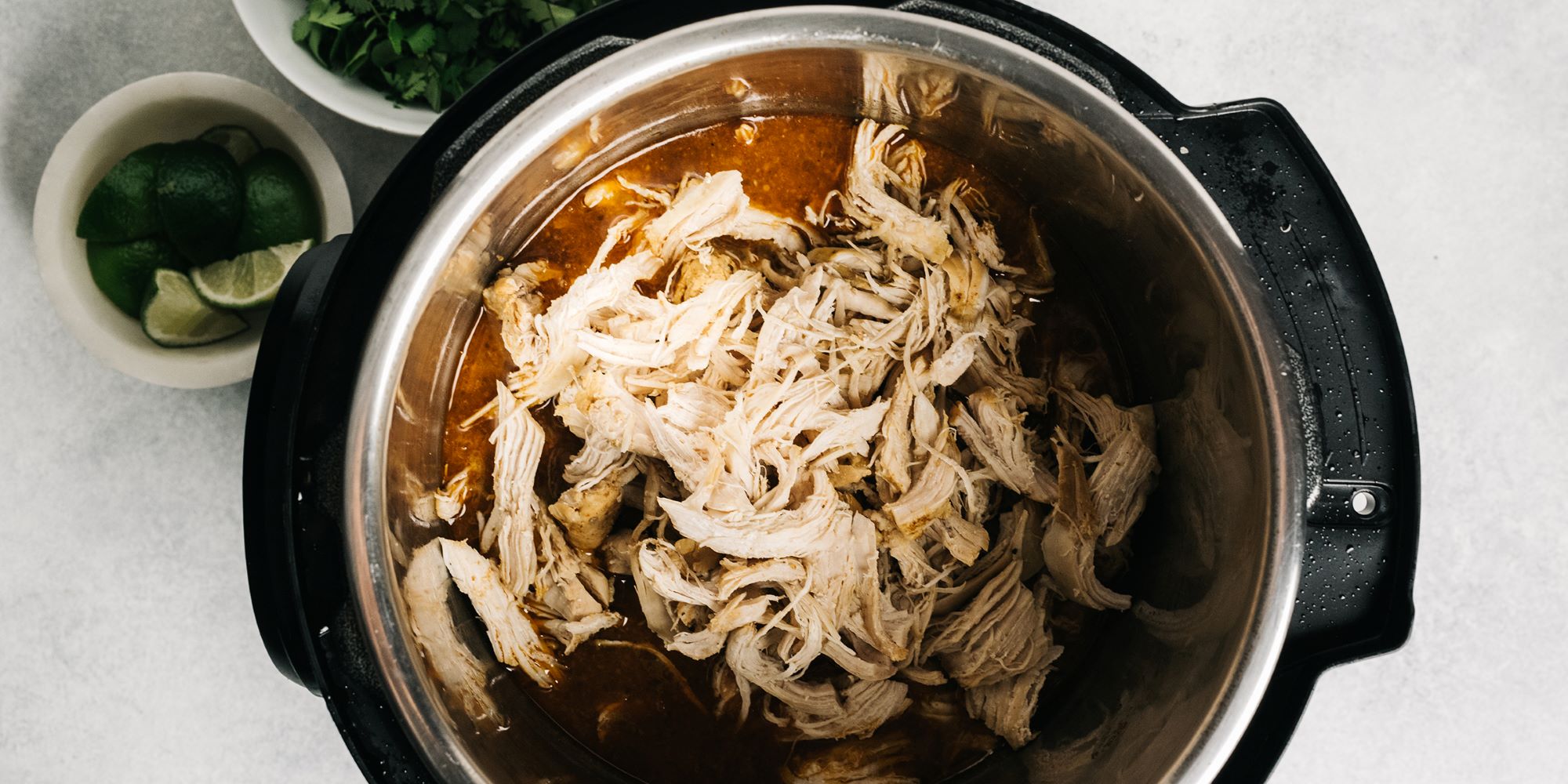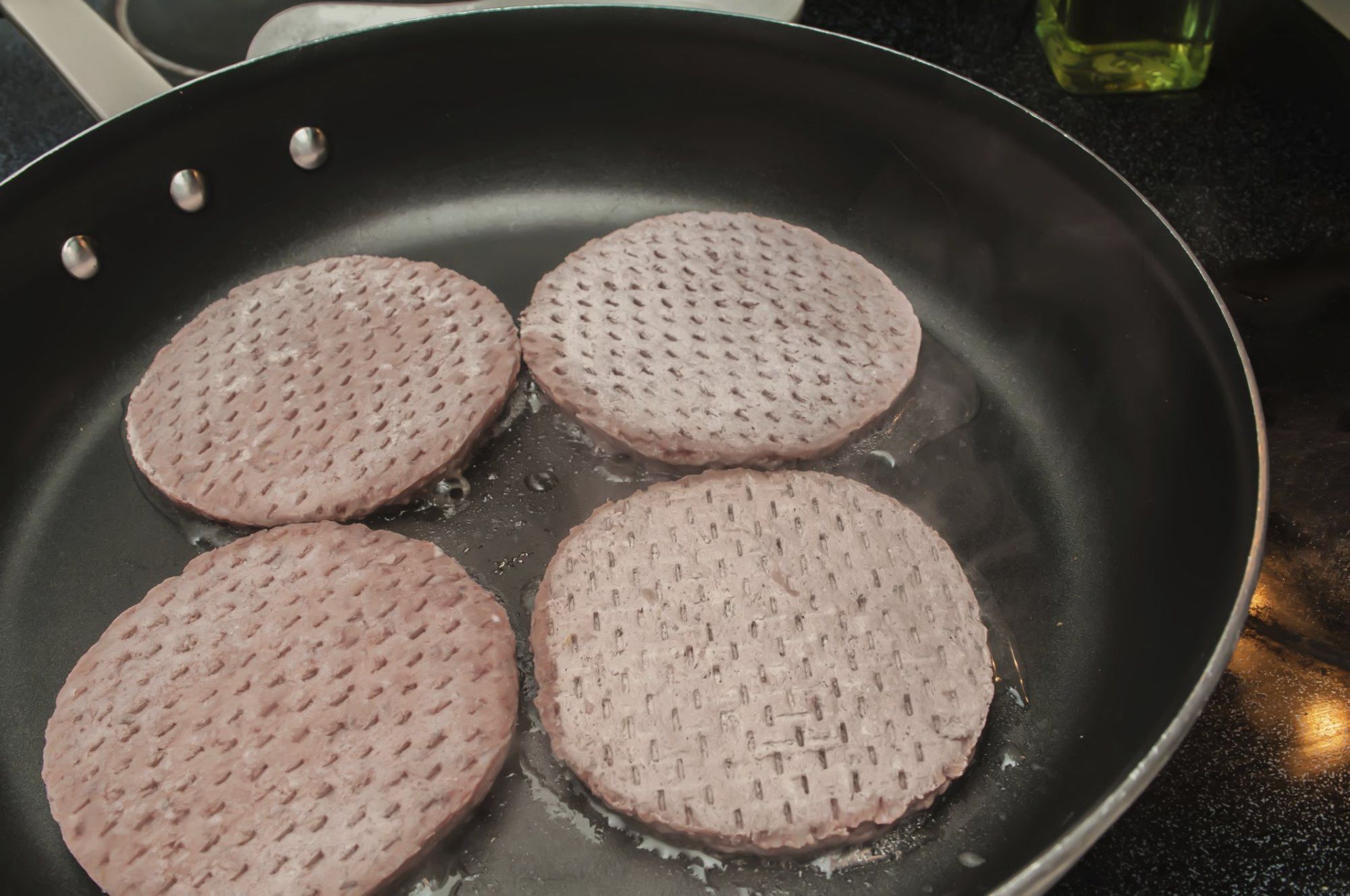How To Cook Tilapia From Frozen
Cooking tilapia from frozen can be a quick and convenient way to enjoy this delicious and nutritious fish. Whether you forgot to thaw your tilapia or simply prefer the convenience, this guide will show you how to cook it perfectly every time.
1. Preparing the Tilapia
Before cooking frozen tilapia, it’s important to properly prepare it. Follow these steps:
- Rinse the frozen tilapia under cool running water to remove any ice crystals.
- Pat the fillets dry with a paper towel to ensure a crispy texture.
- Season the fillets with your favorite herbs and spices. Popular choices include lemon pepper, garlic powder, and paprika.
2. Pan-Frying Frozen Tilapia
Pan-frying is a simple and delicious way to cook frozen tilapia. Here’s how:
- Heat a tablespoon of oil in a non-stick skillet over medium heat.
- Place the seasoned tilapia fillets in the skillet, skin-side down if applicable.
- Cook for 3-4 minutes on each side, or until the fish is opaque and flakes easily with a fork.
- Remove the tilapia from the skillet and let it rest for a few minutes before serving.
3. Baking Frozen Tilapia
Baking frozen tilapia is another fantastic option that requires minimal effort. Here’s what you need to do:
- Preheat your oven to 400°F (200°C).
- Place the seasoned tilapia fillets on a baking sheet lined with parchment paper.
- Bake for 15-20 minutes, or until the fish is fully cooked and easily flakes with a fork.
- Squeeze some fresh lemon juice over the baked tilapia to enhance its flavor.
4. Grilling Frozen Tilapia
If you prefer the smoky flavors of grilled fish, you can also grill frozen tilapia. Here’s a simple method:
- Preheat your grill to medium-high heat.
- Place the seasoned tilapia fillets directly on the grill grates.
- Grill for about 4-6 minutes per side, or until the fish is opaque and flakes easily.
- Remove the tilapia from the grill and serve it hot with a squeeze of lime juice.
5. Steaming Frozen Tilapia
Steaming is a gentle cooking method that maintains the natural flavors and tenderness of the fish. Here’s how to steam frozen tilapia:
- Fill a large pot with about an inch of water and bring it to a boil.
- Place a steamer basket or a heatproof colander on top of the pot.
- Put the seasoned tilapia fillets in the steamer basket.
- Cover the pot and steam for about 6-8 minutes, or until the fish is opaque and flakes easily.
- Remove the tilapia from the steamer and serve it with a drizzle of your favorite sauce.
Whether you choose to pan-fry, bake, grill, or steam your frozen tilapia, be sure to use a food thermometer to ensure it reaches an internal temperature of 145°F (63°C) for optimal safety. Now you can enjoy a tasty and hassle-free meal with perfectly cooked tilapia, even from frozen!
Remember, fresh tilapia can be just as delicious. If you have the time, thawing the fish before cooking will allow for more even cooking and better texture. But when time is of the essence, cooking tilapia from frozen is a fantastic option that doesn’t compromise on taste.
More Delicious Tilapia Recipes to Try
Now that you've mastered cooking tilapia from frozen, it's time to put your skills to the test with a variety of delicious recipes that cater to different tastes and occasions. For a light and refreshing meal, consider the zesty lemon pepper tilapia, perfect for a health-conscious dinner. If you're in the mood for something with a bit more zest, the spicy cajun tilapia offers a delightful kick. For those who enjoy international flavors, the thai curry tilapia is a must-try, blending aromatic spices with the sweetness of coconut. Each recipe provides a unique way to enjoy tilapia, ensuring that you can impress both yourself and your guests with your culinary prowess.
Was this page helpful?
Read Next: How To Cook Frozen Mini Pancakes
